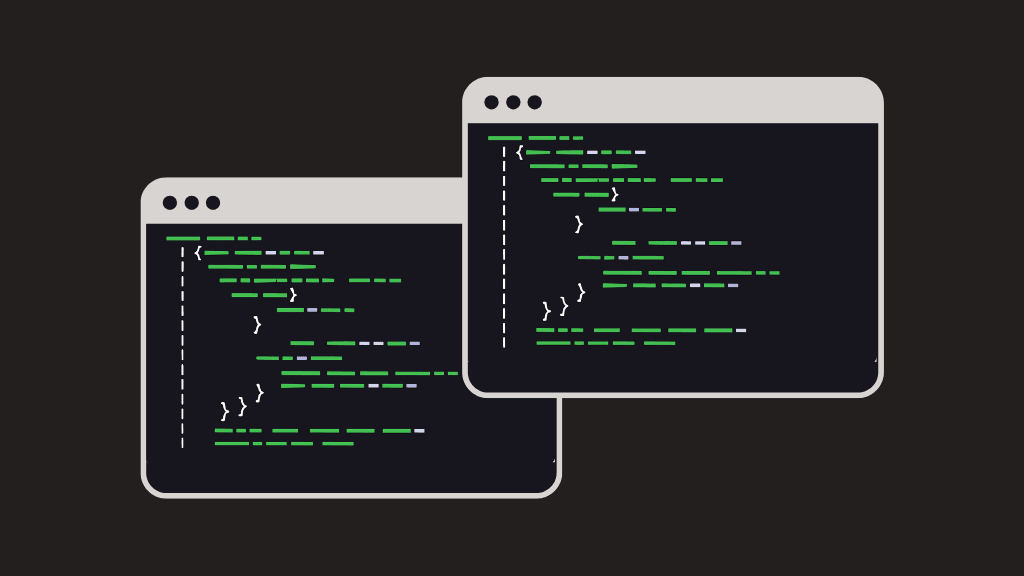
This article was originally published on The New Stack.
OpenTelemetry (OTel) provides flexible, extensible, and vendor-neutral standards for instrumentating and monitoring applications. It’s completely changed the observability game within the last few years, prompting many solutions providers to participate in an ecosystem that encourages open standards.
For the most part, however, OpenTelemetry has been largely focused on backend infrastructure monitoring.
With the growing importance of mobile as a means of transacting with businesses, plus users’ rising performance demands, it makes sense for mobile to become the next big frontier for OTel.
This is exactly what Embrace wanted to help with when we adopted the OTel standard and open sourced our software development kits (SDKs). We’ve long focused on providing hyper-specialized and ultra-granular means for collecting and analyzing specialized mobile observability signals that reveal the true user impact of app performance issues.
As part of this effort, we’ve been working with OpenTelemetry maintainers, contributors, and Special Interest Groups (SIGs) to develop standards for modeling mobile data within OpenTelemetry. Our latest project has been to adopt events, one of OTel’s emerging constructs, as a way to effectively model mobile crashes.



